Milan Design Week takes place during the Salone del Mobile, the largest furniture fair in the world. It has become a place to see some of the latest advances in product design and 3D printing has been introduced as a development and a production process for some time. In fact, the 3dpbm team has been organizing events focusing on 3D printing during Milan Design Week since 2014. Now the use of 3D printing technology has become almost omnipresent, so much so that some 3D printed products are no longer presented as such. So it’s no longer a matter of finding the 3D printed products among traditionally manufactured ones, as much as finding some particularly interesting ones.
SLOPE by OECHSLER, an MJF 3D printed chair
OECHSLER, a global leader in expanding the use of AM into new segments, participated in Milan Design Week by demonstrating its unique 3D printed furniture, 3D printed via MJF. Having tried it personally, I can say that it was the most comfortable lounge chair I have ever sat on. Andreas Knöchel, Head of Program Management – Additive Manufacturing Lattice at OECHSLER AG, said that “joining a furniture trade show and event which covers the whole downtown of Milano by showing 3D printed furniture cushioning as the only one among 763 locations and participants was definitely a new but great experience.” He added that “meeting designers and brands for deep discussions on furniture they never saw before, but got excited from the moment they crossed the doorstep, was the best part of it.”
OECHSLER’s innovative approach to manufacturing seating 3D printed furniture leverages the company’s previous and ongoing experience with car seats. In doing so it introduces new opportunities in terms of cushioning, freedom of design, hybrid features in one print, and high sustainability due to easy recycling of the individual parts. Through the MJF additive manufacturing process, the company can use materials in just the right way to create the perfect balance between flexibility and comfort.
The comfort of every seating piece of 3D printed furniture depends on two main factors: the design and the cushioning. Endless combinations of different lattice sizes, thicknesses, and forms allow any degree of cushioning. At the same time, each zone of the chair can be designed individually. It can be shaped in nearly any way imaginable. With the help of additive manufacturing, fabrics, springs, and foam layers can be eliminated without losing comfort. To stabilize parts of the seating, rigid prints serve as a substitution for racks. The additive manufactured product can also act as a base for further processing. For example, by adding other printed components, racks, or textiles, its appearance can easily be changed, offering a whole new variety of design perspectives. There is virtually no limit when it comes down to the design. This revolutionizes the opportunities for cost-effective productions.
The SLOPE model features a metal rack with 3D printed seat pads, 3D printed lattice pillows, multi-layer, easy-change textile covers, and 3D printed connectors. This makes it ergonomic with extremely comfortable cushioning and a pleasant hammock effect. The technological features are impressive. By 3D printing both rigid and soft parts as one structure, OECHSLER created a lightweight chair with both ergonomic and comfortable cushioning. The optional textile cover can simply be added on top. In terms of sustainability, all components can be dismounted and separately disposed of to be recycled. Moreover, the chair is very easy to disassemble and transport, due to its lightweight.
ELLI Zero Collection
Another very interesting 3D printed furniture product seen during Milan Design Week (that really made me consider how great it would be to own it) is the table presented along with the ZERO collection by Elli Design studio. LFAM 3D printed by Caracol AM, this unique office table on display during Milan Design Week is based on a beautiful design that implements golden ratio geometry. It is also functional, as the hollow 3D printed lower parts can be used for storing objects.
Manufacturing on Demand
In general, the ZERO Collection by designer Alessio Elli targets high sustainability by using recycled material and a modular system that does not require assembly or glue. The collection’s simple shapes are presented in response to the social and emotional complexity of the period we are living, simple shapes that give the opportunity to fully understand the production and environmental values and issues that are the soul of ZERO: the value of an object today is no longer represented by the quality of the materials used alone, but above all by the lowest environmental impact that can be achieved to produce it and during its entire life cycle.
The ZERO 3D printed furniture items, including tables and seats that double as containers (ROUND, ELLIPSE and DONUT), are 3D printed using only two materials (PLA and 100% recycled PP reinforced with glass powder), which facilitates their replacement, recovery, and recycling at the end of life in accordance with the principles of the circular economy. Natural wood and FENIX NTM (a carbon-neutral material) are used for the surfaces.
The STHAR sound of innovation
In the first two products, we saw innovative applications of polymer 3D printing in furniture, either via high-speed PBF (MultiJet Fusion by HP) or via LFAM (robotic large format additive manufacturing by Caracol AM). This next 3D printed furniture product, on the other hand, is a very interesting application of concrete binder jetting: a giant, trombone-shaped natural iPhone amplifier, the STHAR Sousa-Phone.
It is even more interesting as the design studio behind it, Bolzano-based studiooberhauser, uses concrete binder jetting technology from a South Tyrol company (South Tyrol is a region of Northern Italy also known as Trentino Alto Adige) called Progress 3D Innovation, which was not previously present on our radar (something that happens very very rarely). The STHAR Sousa-Phone leverages AM of recycled glass-reinforced concrete, combined with advanced sound engineering, to present the first concrete analog smartphone amplifier, which is also the largest non-electric smartphone amplifier, with an elegant Voronoi effect at its base.
Besides the amplifier, studiooberhauser is behind several other concrete binder jetting furniture products, such as the CHAIR N°ONE, the first series of design chairs 3D printed in concrete by selective cement activation. In this case, the organic design language is used to make the chairs unique pieces of sculptural furniture, embodying a dynamic and future-oriented lifestyle. Printed in the highest resolution concrete powder bed printing technology, the chairs are lightweight and durable, making them pieces of furniture to be passed on from generation to generation.
The chairs are printed in one piece, using sustainable recycled glass as base material, the chairs embody one of the futureproof ways to create and reshape objects we interact with on a daily basis. Providing structural stability and a continuous, smooth surface, the cement printing compounds can be chosen based on indoor or outdoor use of the CHAIR N°ONE, making the chair a universally usable piece of artistic design furniture.
* This article is reprinted from 3D Printing Media Network. If you are involved in infringement, please contact us to delete it.
Author: Davide Sher

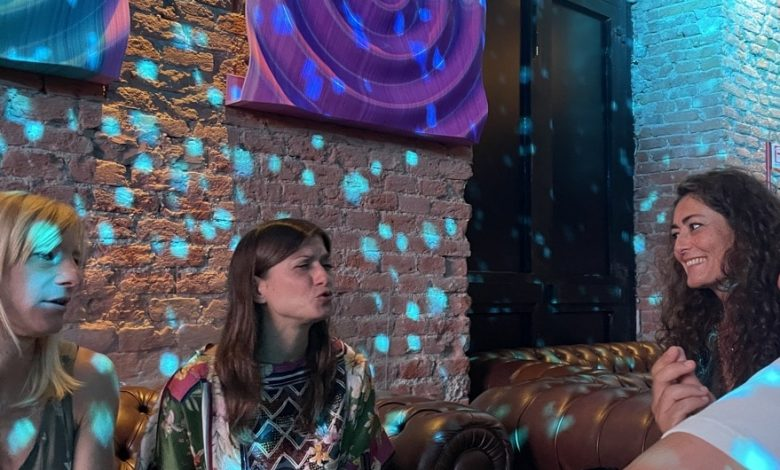
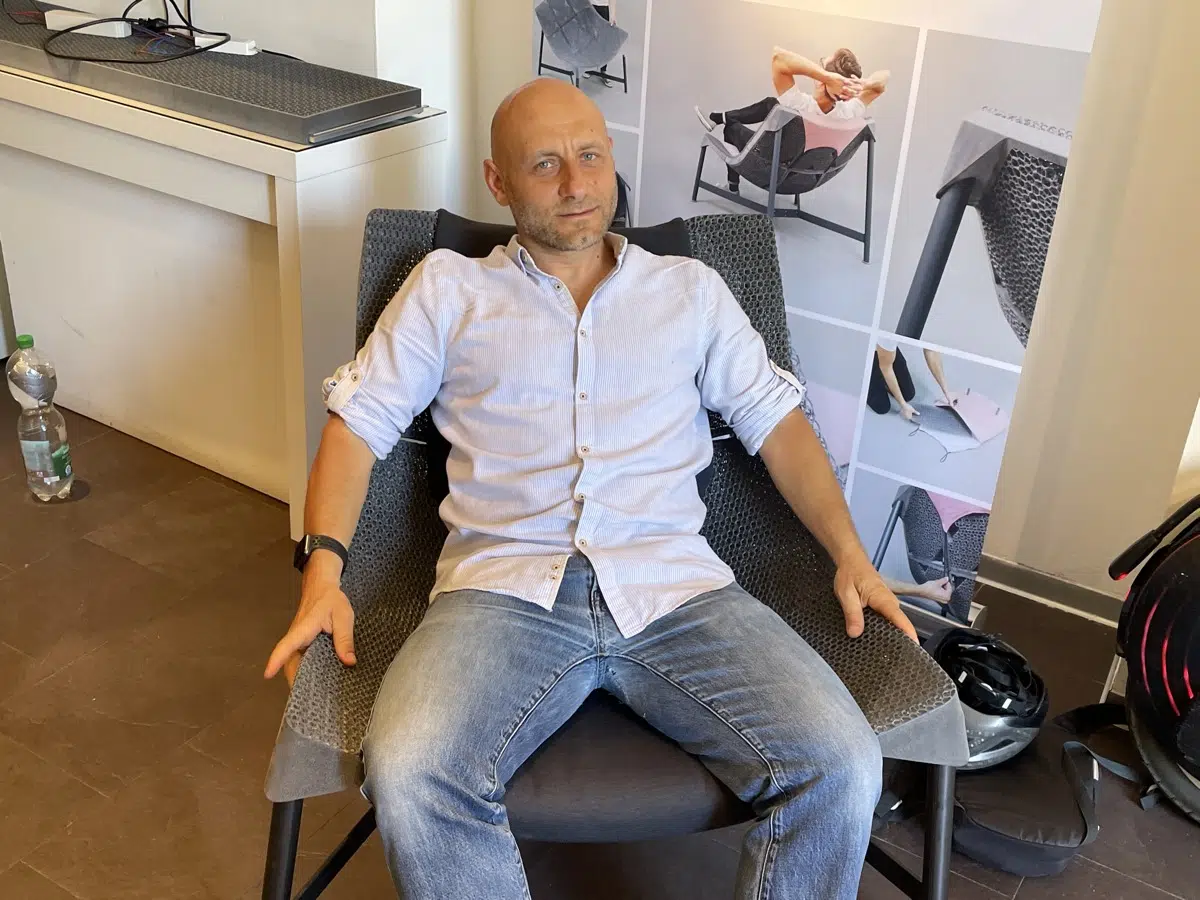
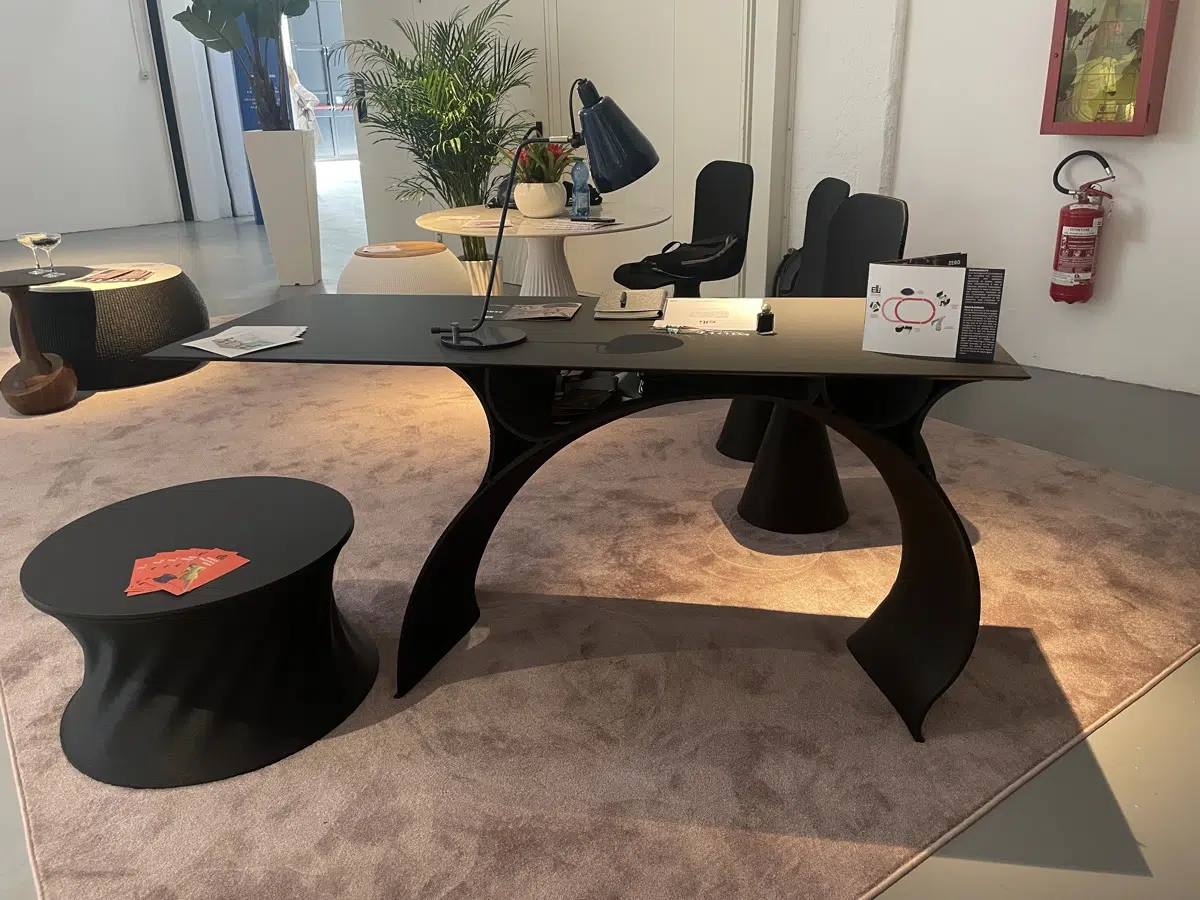
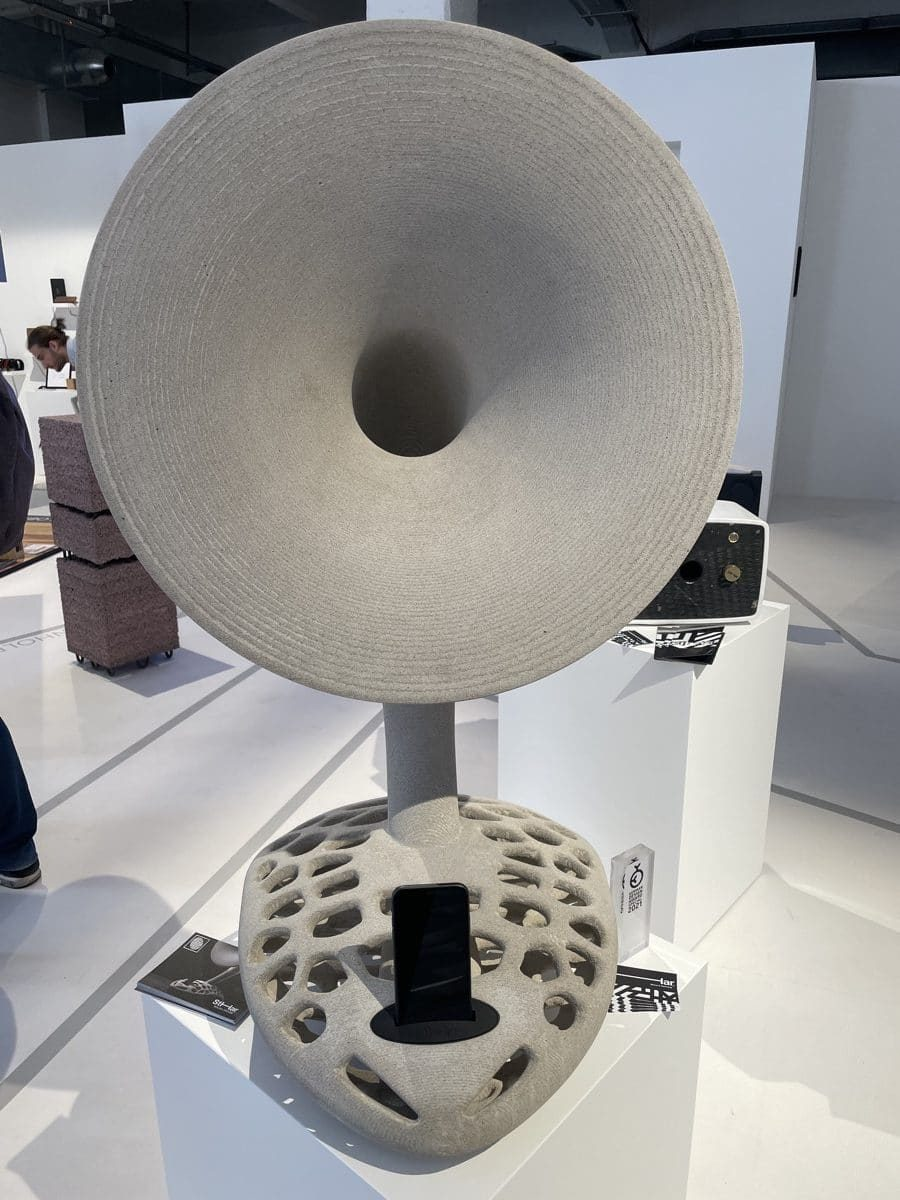
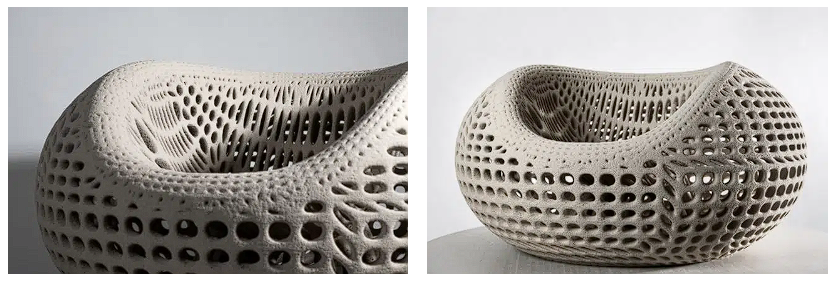
Leave A Comment